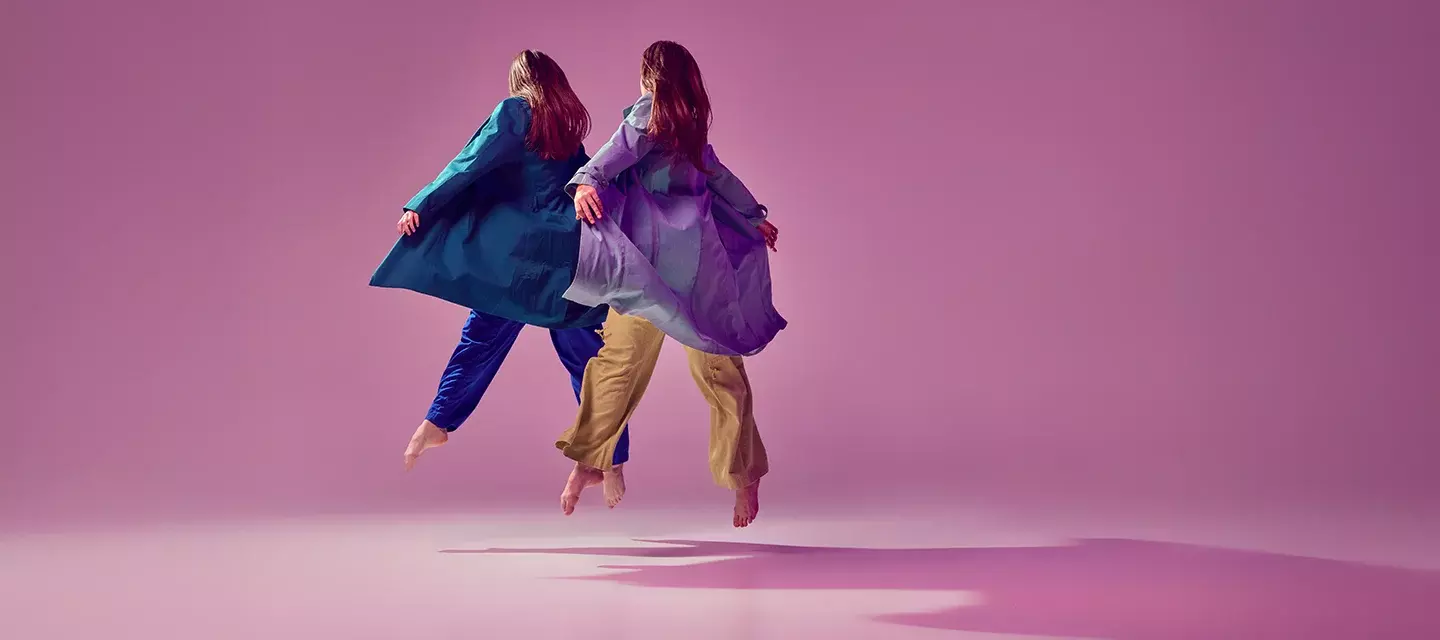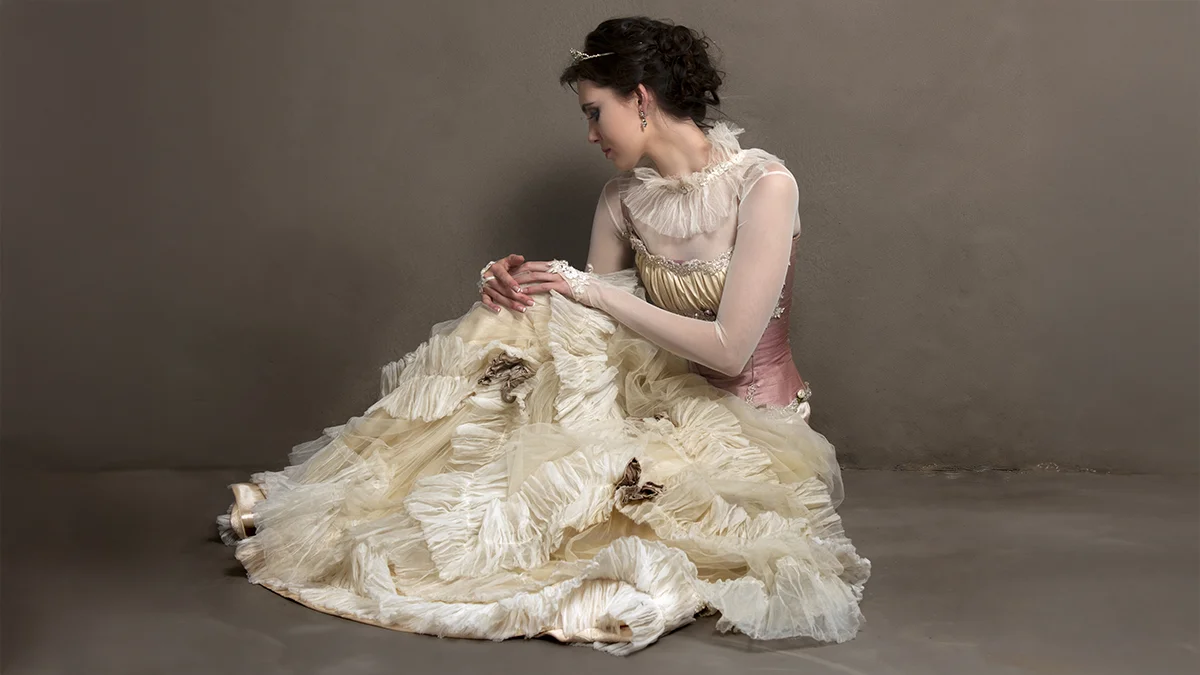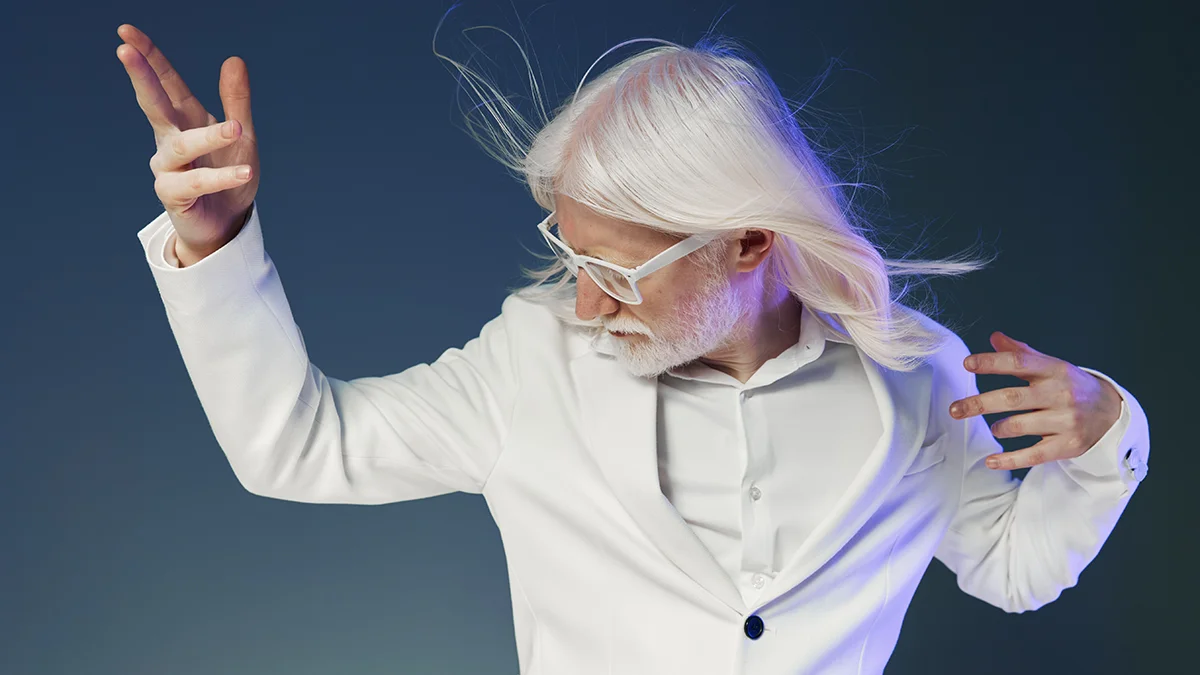9 min read
Forever Young and Peter Pan

Bob Dylan, Rod Stewart, Bruce Springsteen, and Alphaville took the mic and sang their hearts out, anthemizing the eternal idea of staying forever young. A new millennium musically continued the sentiment with fun. ft. Janelle Monáe, Lana Del Rey, Kesha, Chris Brown, and many more are trying to capture the feeling of unbridled freedom of youth, we're so unwilling to let go. When we're young, this freedom is still stronger than doubt and existential questions, and we are able to break free from the inevitable pull of gravity— the real and psychological gravity of living.
Obsession with youth and eternal life
The stories of immortality, dreading the passage of time, and cheating aging and death in some way permeate and saturate our culture, with characters like Benjamin Buttons, Doctor Whos, Dorian Grays, Draculas, and Peter Pans, forming a literary brave new world in which physical reality is not finite. Time rules get bent and distorted, deals are made, and prices are paid to hold on to youth.
But far, far before pen and writing machines caught stories, and recording and film studios started spreading a stifling obsession with neverending youth en masse (that we love while young, but complain about as soon as we step out of this adored "youth"), the alchemists have already been tinkering around with transmutations of matters for millennia. They were looking for springs of eternal life, presumably wanting to be forever frozen in their 20s or 30s, rather than the elderly, bent bodies toiling under eye-destroying candlelight, studying how to hug eternity, at least for a couple of centuries, for starters.
Stretching across time, space, and cultural and religious systems, the obsession with youth is nothing new. It has maybe just been amplified through a loudspeaker in our visually based society, as media permeate our daily lives much more than ever before in the history of our species. We consume more information daily than our (not so far removed) ancestors would in months or years. Still, the quest for eternal youth and cheating death has been ongoing since our brains evolved enough to conceptualize aging as a predecessor to death.
The value of youth throughout history
Chances are that the cave-dwelling wandering lifestyle before forming stable communities and permanent cities was so dangerous, torturous, and hard that not many saw it much further past the early 30s. If a predator, a freezing winter, or drought didn't get you, an infection from a ridiculous cut, dehydration, suspicious food tasting, and malnutrition from digestive trouble did.

In Ancient Greece and Rome, where most lived to a fine old age, youth was a prized commodity equated with beauty, vitality, and strength. The entire pantheon of Greek gods and heroes was portrayed as eternally young, which emphasizes how important youth was. Sports were done naked so that beautiful, young, and fit bodies could be celebrated.
Ancient China was not spared this vanity, and its inhabitants could not imagine the world going on without itself in it. The search for eternal youth in Chinese alchemy is a blend of spiritual quest and practical ways to align with the forces of nature. Alchemy, meditation, and Qi cultivation in Taoist practices were believed to prolong life and reach a higher state of existence.
Medieval Europe to the Renaissance sort of accepted aging as a natural and unavoidable part of life on earth, as the religious movement of earning an afterlife grew stronger. The bodies, especially beautiful young bodies, were considered sinful and tempting and in need of control with modesty laws. But not even the good-fearing, fairly uneducated pre-renaissance crowd could escape from youth's status as a social currency, especially for young women in terms of marriageability, and interconnected with their status as untouched virgins.
The 18th and 19th Centuries brought Romanticism, as well as romantic idealizations. The intoxicating effects of youth were equated with infinitely attractive symbols of innocence, passion, and creativity. Here, youth was an equally valid chip for men and women alike, and poets like Byron and Shelley worked heavily with the misunderstood "doomed young genius" trope. Scientific progress started to shift the view on aging, deeming it a disease to be medicated and at least managed if we cannot fully reverse its effects.

The 20th Century came with mass media able to disseminate messages to larger than ever populations, shaping opinions and culture at an increasing pace, anchoring the forever young idea into the heart of modern culture via processed, polished, and regurgitated images of the large Hollywood mega-machine. The perfectly made-up faces on the screen captivated audiences as youth became synonymous with glamour, freedom, and desirability, especially for women in the form of femme fatales or ditsy blonde bombshells.
Movies, fashion, and music increasingly turned their marketing strategies toward young people, prostrating the world at their feet. Despite historical attempts at anti-aging concoctions, the 20th Century also saw a boom in anti-aging skincare, claiming that you don't need to be young if you can look young. The surface was all that mattered, and far from alchemy, more practical plastic surgery allowed people to mock the passage of time more visibly than ever.
21st Century disregards the "what you see is what you get" and says "what you see is all that's important anyway". You just need to look young; that will do. Our rational mind understands that expecting a 50-year-old to look 20 is not logical, but here we are. The overflow of information from all over the world and visually heavy social media platforms are putting ever more "forever young" pressure and allowing tools like filters to manipulate our public e-presence fully. Behind the scenes, we encourage fillers and botox to match our digital persona, not in the middle-aged population that's starting to see serious signs of aging, but young men and women who get convinced that their naturally beautiful, youthful face is just not enough.
The backlash of biohacking
But a backlash to surface interventions is just starting to emerge. In this case, an uprising of holistic ways to retain youth and beauty through science and biohacking, figuring out and neutralizing the mechanisms that cause the "disease" of aging. From smart supplements to stem cell treatments and exploring the new capabilities of the nanoworld, we hope to keep senescence at bay. Silicon Valley and emerging longevity startups chase the dream of extended youth by intervening in the cellular and biological layers of reality. They are trying to flip the script off the surface with no substance and make us literally younger from within by tackling the deranged or defective processes that manifest as physical aging. But a serious biohacking route would still presume a billionaire bank account (if you've got one, please get in touch with the editor) to enjoy the fruits of this new, booming, forever-young science.

Within the emphasis on the aesthetic perfection of the surface, an obsession with youth, and faces unmarked by the passage of time lies something sinister boiling beneath the surface. The notion that you can somehow freeze time and stay forever young also insinuates a regression or stagnation. It creates an endless loop of non-responsibility for anything outside our own imaginary worlds, a life of leisure, and a sort of selfish indulgence - a Peter Pan-like loop.
Peter Pan as a cautionary tale
Idolizing youth, non-responsibility, and freedom as ultimate values and the most desired commodity has a dark side - the refusal to grow up, change, and accept the eternally transformative nature of growing older. This is why the beloved and fun children's character Peter Pan is also meant as a cautionary tale for adults, outlining the problems of the childish forever young trope that we so shortsightedly celebrate.
The Peter Pan story is a perfect echo of this eternal quest for youth. The adventurous idol of fantastic adventures, Peter Pan, is not a hero, not even an antihero, but more of a cautionary figure. Peter Pan's home, the Neverland island, is an unreachable nonlocality. It is not real with an equally unreal and vague map saying one should "fly to the second star on the right, and straight on till morning", reachable only in childlike imagination that could fathom spontaneous human flight as a legitimate way of getting around. Neverland is a place where you are allowed to never grow up. The name of this dwelling suggests the impossibility of the dream that has been tugging on the soul of humanity since they could connect growing old with dying.

The Lost Boys and Peter Pan's "leads" aren't only lost in space, as in lacking a geographical location to call home. The directions to get back to real life are right there in the directions to Neverland. You'd just need to reverse them to go back home. The lost boys are lost emotionally, led by an equally lost preadolescent who has no real goal or plan for the future. Living outside of time means living outside of the future, too.
Since we all need a routine and a goal, a boy with no goal chooses to fight the only form of authority in his surroundings - Captain Hook. He has to rebel against the Captain to try to define his boundaries. To Peter Pan, Hook is a bitter tyrant, but in fact, is only a grown-up who realizes something–that the passage of time will eventually start to break off pieces of you, whether you like it or not. Hook is not cruel; he is realistic; he's grown up and is trying to navigate a ship through the sea of life. Captain Hook is terrified when he hears ticking because of the crocodile with a ticking clock in its belly that bit off his hand, so Hook bans clocks on his ship. This is not to make the crocodile easier to hear if it shows up without the distracting ticking of other clocks. Hook is trying to keep time from getting the rest of him since time already got his hand.
Peter Pan is no hero; he's lost in every sense of the word, escaping reality to indulge in even more hedonistic, happy thoughts in order to fly… to go nowhere. He is emotionally stuck and unable to make meaningful connections to a real person, but only to fantasies that fulfill his desires and are at his disposal, such as Tinkerbell.
In the original story, Peter Pan & Wendy, written by Sir James Matthew Barrie in 1904, before various adaptations that water down the story, Peter Pan is not as benevolent as the versions softened by Disney show. He hates adults and has no problem with killing them, including his Lost Boys, if they dare to grow up. Peter Pan's romantic interest, Wendy, her brothers, and the Lost Boys finally leave Neverland to grow up and have a life. Peter Pan chooses to stay behind and eventually loses track of time on his island, forgetting everything - where he came from, his parents, and the promise he made to Wendy to visit her.
Accept the years and age gracefully
There is nothing noble in staying forever young. There is beauty in letting life unfold and take you on its own adventures. There is grace in keeping traces of these experiences and memories on your face and body and accepting who you are and where you've been. There would be no baby without some loose skin, and there would be no laughter without lines etching themselves onto your smiling face or angry elevens without something you care for to worry about. Forever young is a sad myth we are all suckers for, to a degree. Our bodies will change, and some things will have to be substituted within us as we change. We may have to sacrifice a hand to time to keep our privilege to keep learning and developing. It's quite possible to hold on to the most beautiful aspects of childhood – curiosity, wonder, playfulness, lack of fear, and open vulnerability – without trying desperately to keep the face from a decade ago.

What a world it is, where the most interesting thing about a person is how young they look, what they've had done to look that young, and how much weight they can lose before bathing suit season. It seems to be just another version of banning clocks while time still ticks away, even if we don't hear the ticks. Staying a child forever won't shield us from suffering, but it will make us miss real solutions to real problems. The point of growing up is realizing what's important and finding better problems to solve. Lines and wrinkles are badges of honor. No one can entirely stop aging, but you can take care of yourself and choose to age with dignity. You don't need to look 20 when you're 45. You need to look like a 45-year-old who takes care of themselves. Stay beautiful, stay curious, and keep playing. Grow up, but keep the kid inside alive and well!








Comments
2 comments
Leave a comment